The developers behind the Kintore Hydrogen project have kicked off a series of public meetings as they seek to gain the backing of the local community for the “groundbreaking” project.
Statera Energy is planning to build a 3GW green hydrogen production facility in Kintore, harnessing surplus electricity generated by Scotland’s offshore wind resources.
Located in Aberdeenshire, Kintore Hydrogen is one of the largest planned green hydrogen projects in Europe.
Once complete, the 3GW capacity will account for 30% of the UK’s 2030 target of 10GW of low-carbon hydrogen production capacity.
Initial engineering studies for the project are already underway, and Statera is targeting a final investment decision on the project in 2025.
Supported with funding from the UK Government’s Net Zero Hydrogen Fund, Statera said the project will help decarbonise power generation facilities and industrial clusters across the region.
‘All the ingredients’ for green hydrogen
Speaking to Energy Voice, Statera Energy hydrogen project director Don Harrold said Kintore is a prime location for green hydrogen production.
“We think Kintore is probably one of the best sites for green hydrogen in Western Europe,” he said.
“[Kintore has] proximity to a major electrical substation, good access to abundant wind resource and renewable power and non-potable fresh water.
“All the ingredients that you need for green hydrogen are here.”
Mr Harrold said another advantage of Kintore is the high number of skilled and experienced energy professionals in the Northeast of Scotland.
Statera said the Kintore Hydrogen project could provide a peak of around 3,500 jobs both across the site and off site in the UK supply chain during the construction phase and up to 200 operational jobs.
Kintore community concerns
The boost to local jobs is something Statera was keen to highlight during the project’s first public consultation at Kintore Bowling Club.
Mr Harrold said members of the local community had a mixture of concerns and questions surrounding the project.
“The majority at the moment are trying to understand the scale of the project and what does it look like in terms of the countryside next door,” he said.
Understanding the hydrogen technology, use of local water supplies and the potential for disruption during construction are other concerns commonly raised, he said.
Another major concern is safety.
“There’s a lot of mythology around hydrogen and people come with lots of different perspectives on what it is,” he said.
“People know hydrogen is a flammable gas, and that’s definitely out there as an anxiety, if you like, to be addressed.”
Green hydrogen for industrial decarbonisation
Mr Harrold said Statera does not plan to store any hydrogen at the site, with the project’s main aim to produce hydrogen for blending into the UK gas network.
“That’s one of our key design drives, to make sure that we minimise inventories [on site] as fast as possible,” he said.
“We want a simple plant that will be robust, safe and will operate effectively for decades.”
Mr Harrold said the ability to blend hydrogen into the UK gas supply is “absolutely critical” for the project and to the growth and expansion of the hydrogen sector.
The UK government announced a decision last year to support blending of up to 20% hydrogen by volume into the UK gas network.
The gas network operator, National Gas Transmission, estimates it will be ready to blend some hydrogen into the grid by the end of 2024.
Hydrogen blending
However the policy has proven controversial, with a recent report from the National Infrastructure Commission stating there is “no public policy case” for hydrogen to be used for home heating.
There are also concerns about the potential for increased leaks when using hydrogen in homes.
But for decarbonising power generation facilities and industrial clusters, Mr Harrold said pipelines offer a lot in terms of being able to access a wide range of potential customers.
“They’re definitely the most economic and the safest way to transport gases,” he said.
He also pointed to the “town gas” used to power the UK prior to 1967, of which hydrogen was a major component.
“Obviously the network has evolved a lot since then, but we’re not into territory that’ completely unknown yet in terms of hydrogen,” Mr Harrold said.
If the UK government decides not to go ahead with hydrogen blending, Mr Harrold said Statera will have to look towards a “contingency”.
If the Kintore Hydrogen project does go ahead, Mr Harrold said it will create around £1 billion in added value to the UK economy with a “significant portion” of that in the Northeast of Scotland.
Construction planning
While Statera has seen some recent tightening in the supply chain surrounding electrolyser supply and other equipment, the project is currently moving ahead as planned.
If the project receives planning consent and FID, Statera expects the first 500MW phase to be operational by the end of 2028.
The second 2.5GW phase will follow, expected to be complete in the early 2030s.
But keeping the project on schedule will also involve keeping the local community onside.
More than 100 people turned up to the Kintore meeting within the first two hours, and Energy Voice spoke to several locals about their concerns and hopes for the project.
ASCO Group sustainability and marketing manager Thuy-Tien Le Guen Dang attended the meeting, and told Energy Voice she was keen to hear how the Dyce-based logistics firm could benefit from opportunities for the local supply chain.
Many of those in attendance were retired engineers from the oil and gas sector, curious to learn more about the technical aspects of the project and its feasibility.
Landscape impact
But others were concerned raised concerns about overdevelopment in the countryside surrounding Kintore, and the project’s environmental impact.
Bob and Evelyn Skinner, who live close to the route of one of the planned pipelines, said they were concerned about the impact on the local countryside.
Ms Skinner said they would prefer the project to be built somewhere like Peterhead, where there are already major industrial facilities, rather than in Kintore.
She was also concerned about the impact on property prices at Leylodge, on the outskirts of Kintore, where the facility is set to be located.
“There’s no way we’d buy a house at Leylodge,” she said.
Ms Skinner also wasn’t swayed by the prospect of jobs from the project, and said she would prefer to see the project not go ahead.
Meanwhile, Kintore resident Peter Singer, who grew up in the area, said he was concerned about the “huge quantities” of water set to be sourced from the River Don.
Mr Singer was also concerned about the safety of the hydrogen facility.
“They’ll claim they have every avenue covered, but it can be dangerous,” he said.
Kintore Hydrogen planning
While some attendees raised concerns about the project, others were broadly supportive of the plans and told Energy Voice they had no concerns about the project going ahead.
Statera plans to hold another public consultation for the Kintore Hydrogen project on 19 June, with the company aiming to submit the project for planning submission in September.
Statera Energy business development director David Rodger said as the consultation continues he hopes that the local community will embrace the project.
“I think overall the project going ahead will really put Aberdeenshire at the heart of the energy transition and the road to net zero,” he said.
“That’s an important point we’ve got to try and leave with our visitors today.”
Recommended for you




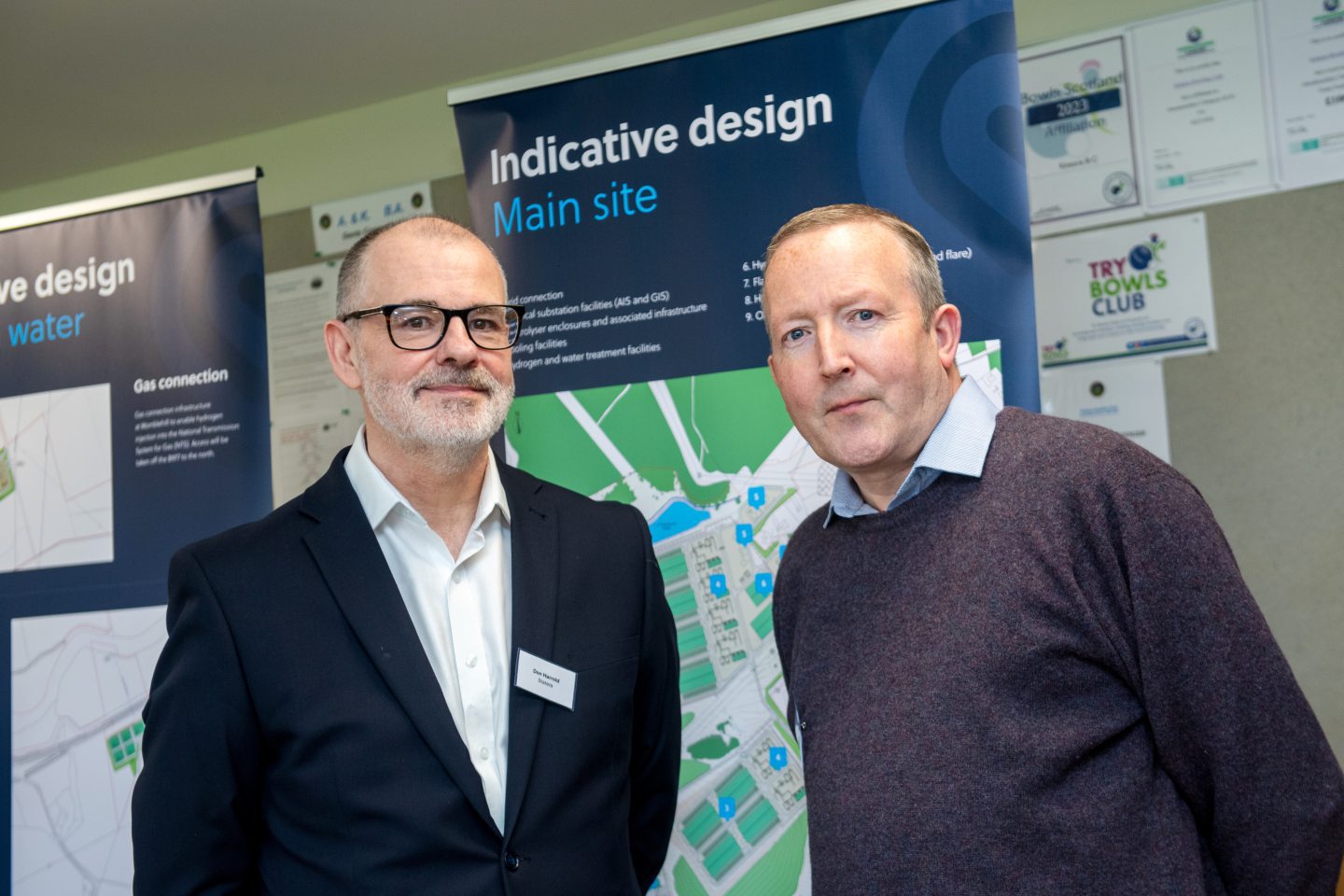 © DC THOMSON
© DC THOMSON © DC THOMSON
© DC THOMSON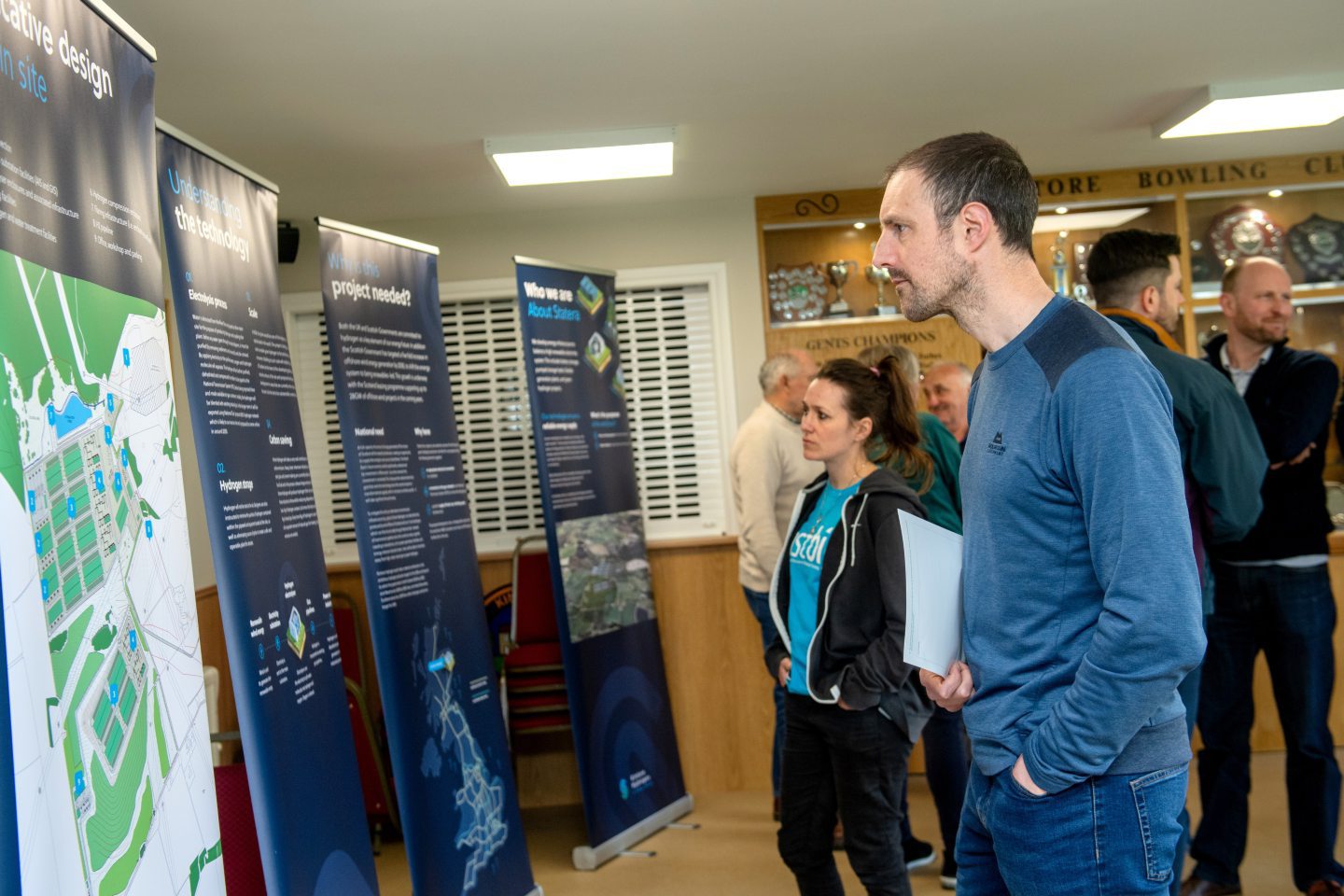 © DC THOMSON
© DC THOMSON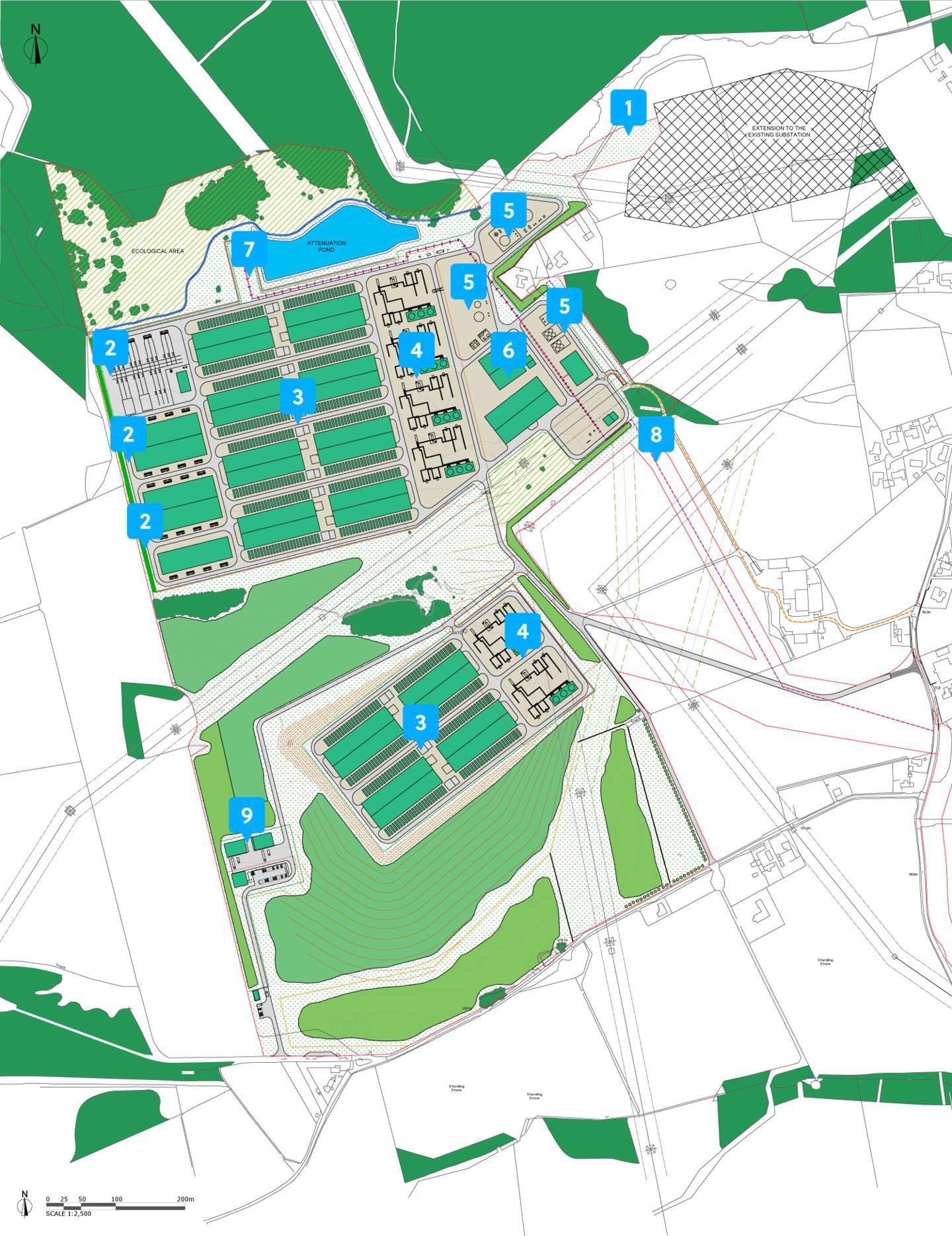 © Supplied by Kintore Hydrogen
© Supplied by Kintore Hydrogen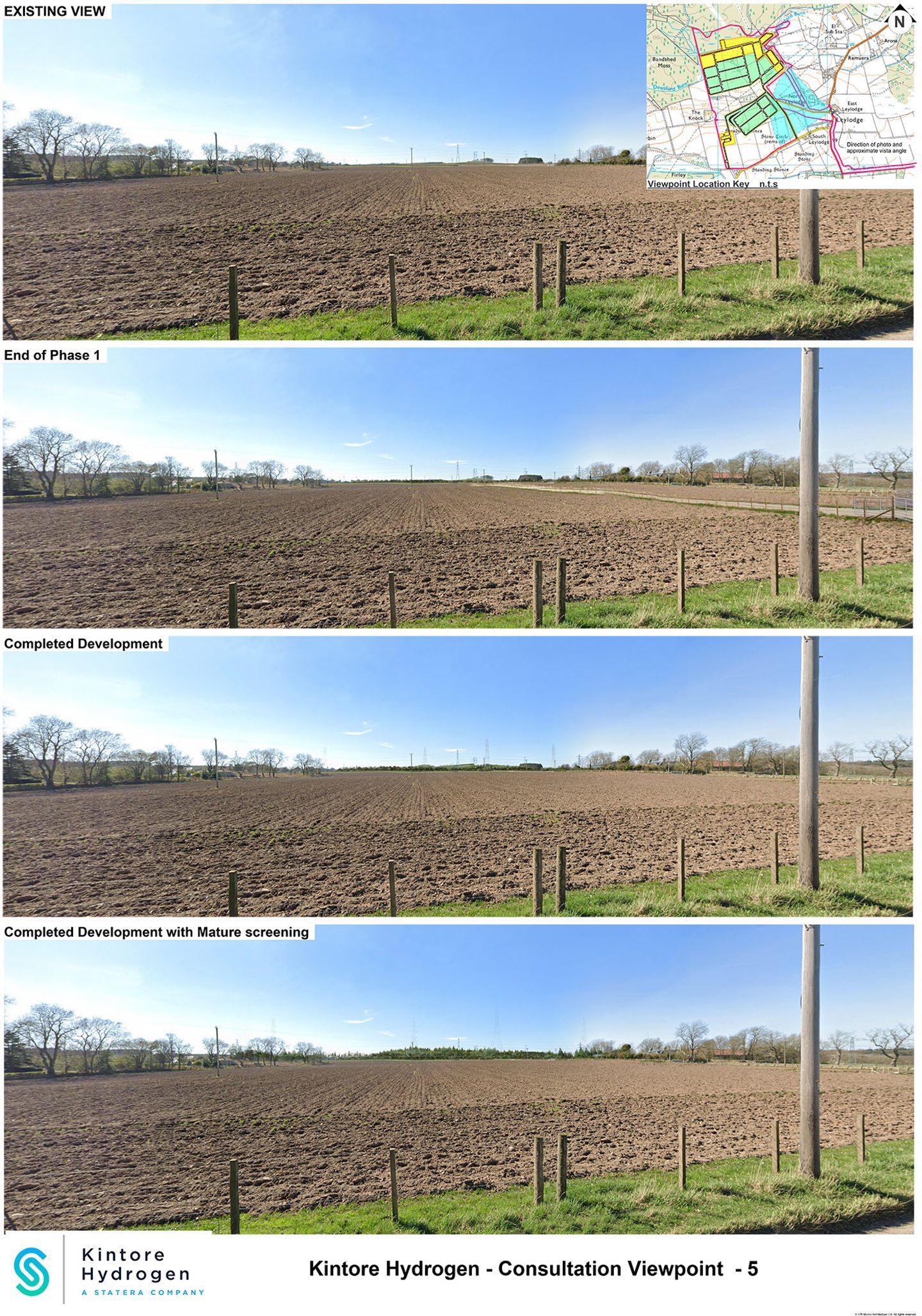 © Supplied by Kintore Hydrogen
© Supplied by Kintore Hydrogen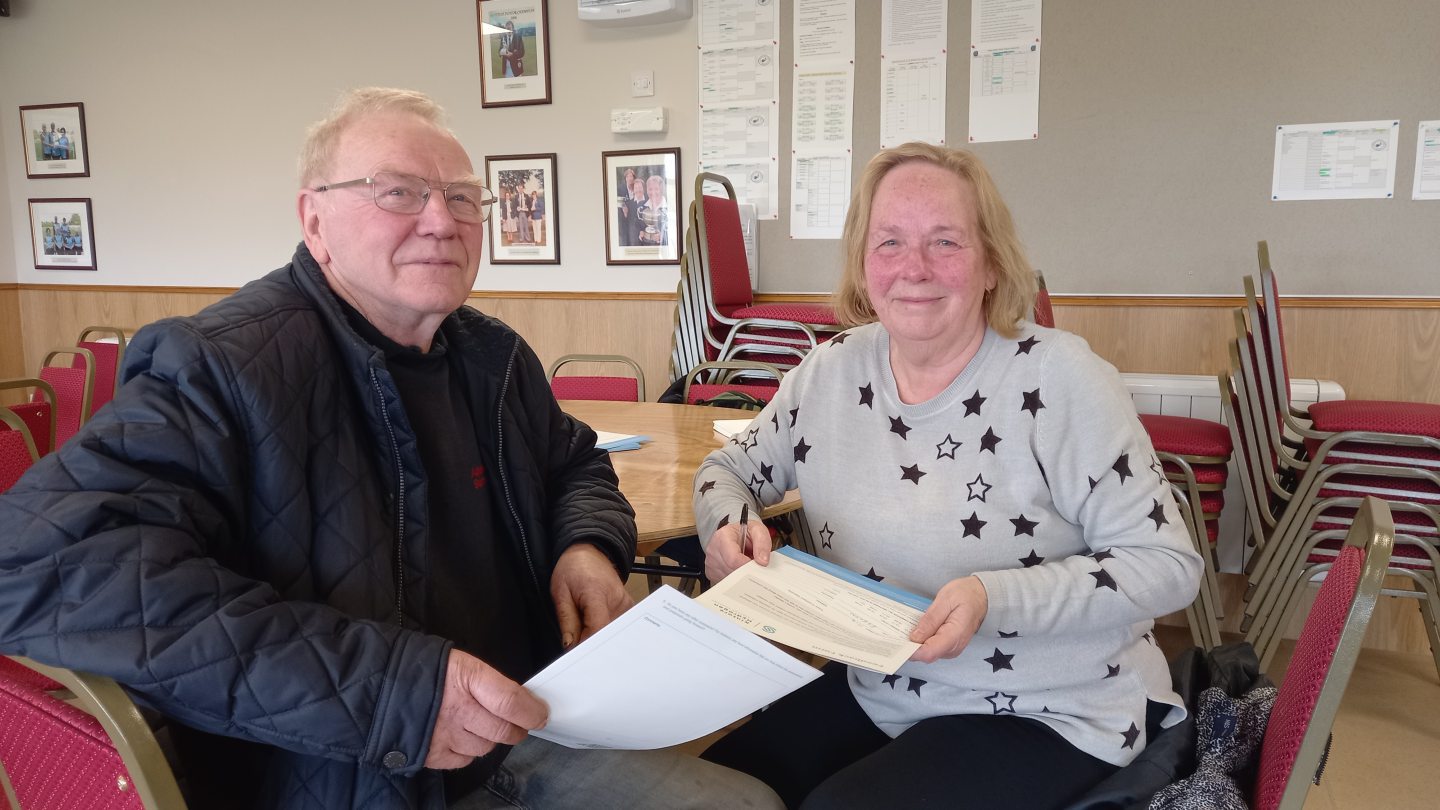 © Mathew Perry/DCT Media
© Mathew Perry/DCT Media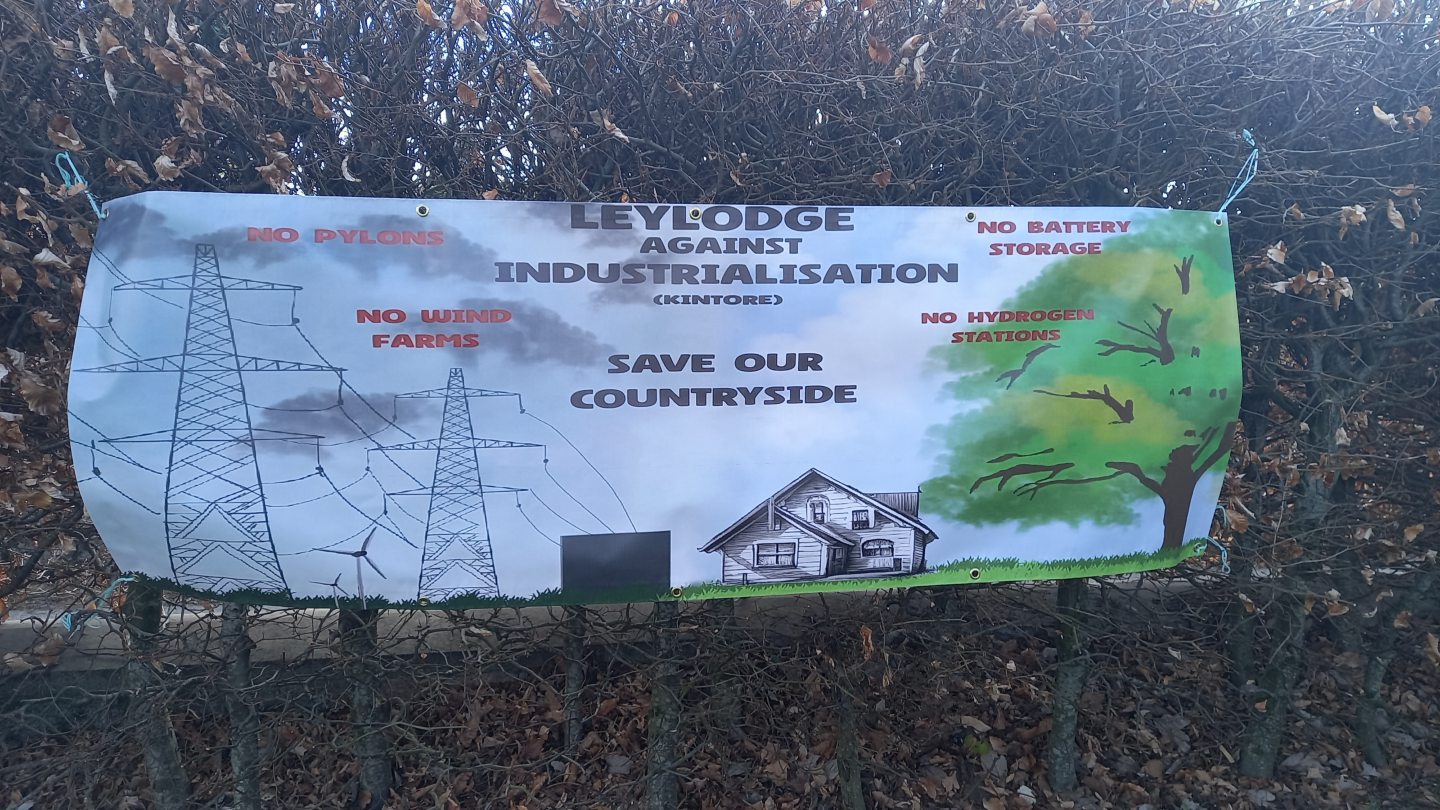 © Mathew Perry/DCT Media
© Mathew Perry/DCT Media






